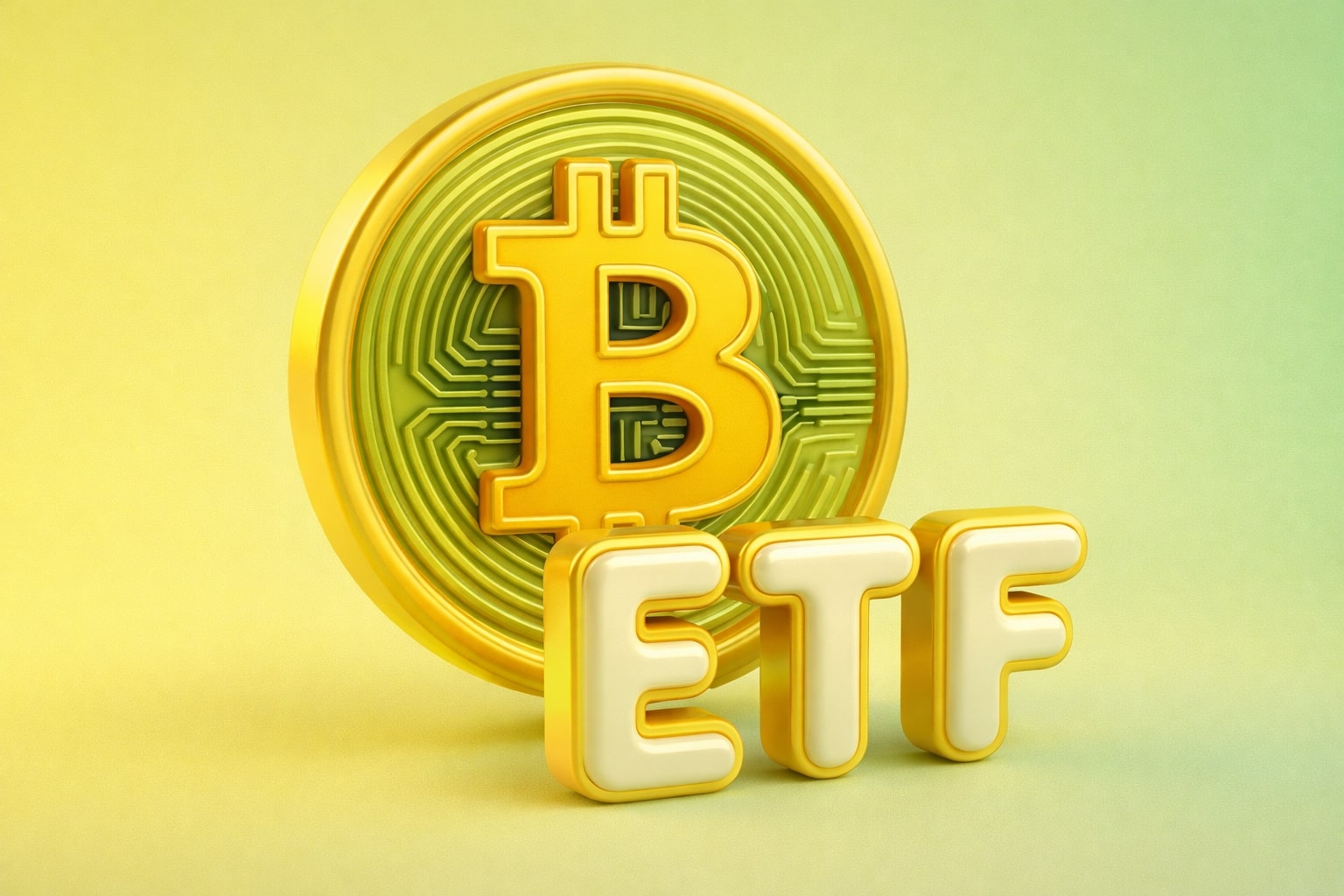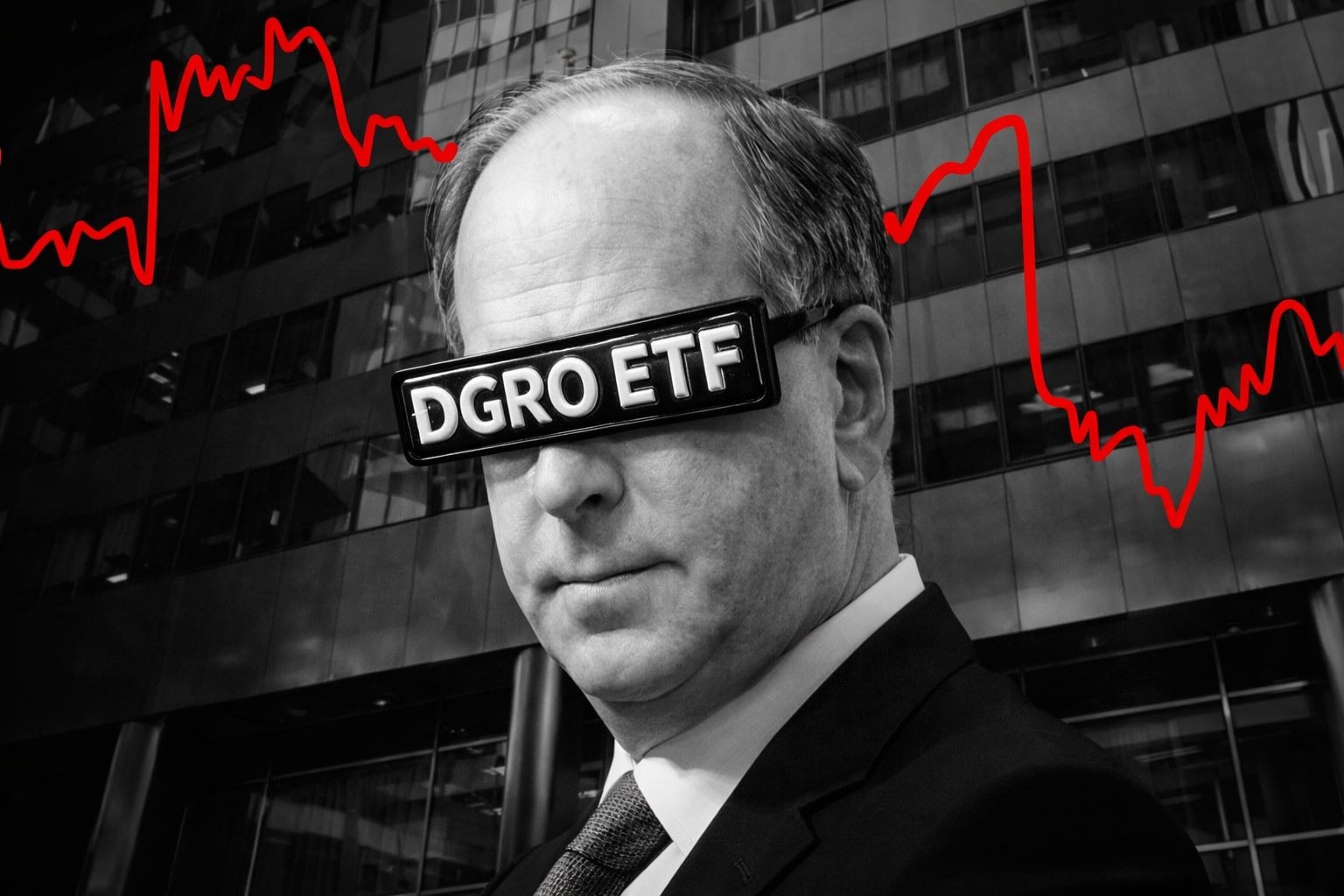
Bitcoin Price Stabilizes at $104K as ETF Inflows Battle Fed, War Risk
BTC-USD remains pinned between $103K–$106K as 50-day EMA holds. Fed policy, Iran tensions, and ETF demand create a high-stakes battle for momentum | That's TradingNEWS
BTC-USD Holds Above Critical Support as Volatility Threatens Breakout
Bitcoin (BTC-USD) is clinging to a tight range near $104,900, hovering just above the 50-day EMA at $103,100, a level that has now been tested multiple times this week. This moving average has become a key psychological and technical battleground, with liquidity consistently drawn down to it since Monday’s $108,064 rejection. A decisive close beneath that support zone risks accelerating downside toward $100,000, with possible extension to $95,000 if macro conditions deteriorate.
As of Thursday morning, BTC trades roughly 7% off its May all-time high of $111,980, but remains technically capped below major resistance layers: the 100-SMA at $106,000, 50-SMA at $106,040, and 200-SMA at $106,400. This triple ceiling has compressed price action into a $103,600–$105,500 corridor since June 17. The RSI hovers near 47, reflecting a lack of directional conviction, while the MACD confirmed bearish momentum last week via crossover and expanding red histogram bars.
ETF Inflows Show Strong Institutional Appetite Despite Geopolitical Stress
Despite muted price action, Bitcoin continues to attract robust institutional inflows. U.S. spot Bitcoin ETFs added $389.57 million on Wednesday, marking the eighth consecutive day of net inflows, per SoSoValue. This sustained demand points to growing buy-the-dip behavior from funds and RIAs, even amid Fed hawkishness and geopolitical uncertainty. These ETF flows have historically acted as a volatility cushion, absorbing excess supply during corrections. If the trend continues, it could help insulate BTC from more severe drawdowns.
Notably, the inflows coincide with record stablecoin market activity—Circle (NYSE: CRCL) surged +33.82% following Senate approval of the GENIUS Act, a crypto regulation bill Trump supports. This reflects how institutional sentiment, when paired with regulatory momentum, can override macro gloom.
Middle East Tension Escalates as Bitcoin Remains Surprisingly Resilient
Risk-off pressure intensified Thursday after reports confirmed U.S. officials are preparing for a potential strike on Iran, adding fuel to the already volatile Israel-Iran conflict. Yet BTC-USD has shown unexpected resilience, holding the $104,700–$105,000 zone even as Asian equity markets slumped. Historically viewed as a hedge, Bitcoin has not tracked safe-haven flows like gold this time, instead behaving more like a tech asset—correlated to risk sentiment.
Geopolitical cyber risk also emerged, with a politically motivated $81 million hack of Iran-based Nobitex. This exposed crypto’s vulnerability to state-aligned cyberattacks during conflict and has amplified fear among traders. Since the start of this latest conflict wave, BTC has dropped 3.6%, underperforming gold but outperforming altcoins like Solana (SOL-USD, -2.34%) and XRP (XRP-USD, -1.00%).
Fed Caution Dampens Bullish Momentum, Pushes Dollar Higher
The Federal Reserve’s rate hold at 4.25%–4.50% was anticipated, but the messaging remains hawkish. Powell reiterated that only two 25bp cuts are likely in 2025, and future moves will hinge entirely on inflation and labor market data. With core PCE forecasted at 3.1% for 2025 and Trump’s new tariff push expected to drive consumer costs higher, the probability of a September rate cut has dropped to 58.4%.
Bitcoin has typically benefitted from looser monetary policy. The current Fed stance strengthens the U.S. Dollar Index (DXY), creating downside friction for BTC, which trades inversely to the dollar in most environments. Powell’s comments on Trump’s tariffs being inflationary (“the cost of tariffs has to be paid”) further pressure the Fed to keep liquidity tight—bad news for crypto bulls.
Retail Sentiment Ticks Bullish But Contrarian Signals Flash
Sentiment data from Santiment shows a 1.03 bullish-to-bearish ratio across social platforms—the most positive skew since early April. Yet historically, when retail sentiment turns bullish too quickly, Bitcoin tends to trade lower. This contrarian indicator suggests that while retail traders expect a rebound, the market may still be in the process of flushing out excess leverage and speculative bids.
On-chain volume also remains low, with Binance showing thinning order books and declining open interest across BTC perpetual futures. This low-conviction backdrop underscores why BTC has failed to break above $106,000, despite bullish ETF headlines.
Key Technical Triggers Could Decide BTC’s Next Leg
The current structure puts $103,100 as make-or-break support. Below this, BTC likely drops first to $100,000, then to $95,000, where buyers are expected to accumulate in force based on prior liquidity zones. On the upside, a daily close above $108,064—Bitcoin’s recent Fair Value Gap—would target the May 22 high at $111,980, with a potential surge toward $120,000 if global easing signals emerge or Iran tensions fade.
In the short-term, the 4-hour chart shows a looming bearish crossover of the 50-SMA and 100-SMA, a pattern that historically precedes 3%–5% corrections unless reversed quickly. The RSI on this timeframe is also trending sideways around 46, reflecting buyer hesitation.
Macro Headwinds Still Cap Immediate Breakout Potential
The broader environment remains unfavorable for sustained risk-on moves. Wall Street liquidity is thinning during the Juneteenth holiday, and Powell’s rate stance—paired with no concrete stimulus—means that BTC remains boxed in. Combined with rising volatility risk from a U.S.–Iran escalation, the backdrop continues to limit appetite for leveraged long positions.
Nonetheless, prominent voices like Robert Kiyosaki remain vocal, reiterating a $1 million BTC target by 2030. He argues that ownership quantity matters more than entry price, especially as fiat credibility erodes under inflationary policies. This longer-term bullish narrative is finding renewed traction among HODLers, even as traders stay cautious.
That's TradingNEWS
Read More
-
DGRO ETF Price: Is DGRO at $69.17 Still the Better Dividend-Growth Bet?
17.12.2025 · TradingNEWS ArchiveStocks
-
XRP Price Stuck Below $2 As XRPI at $10.74 and XRPR at $15.26 Ride $1B+ ETF Inflows
17.12.2025 · TradingNEWS ArchiveCrypto
-
Natural Gas Price Forecast - NG=F Steady Near $4 as TTF Jumps on Colder Forecasts and LNG Outage Risk
17.12.2025 · TradingNEWS ArchiveCommodities
-
USD/JPY Price Forecast: USDJPY=X 155.50 Pivot Before BoJ Hike and US CPI
17.12.2025 · TradingNEWS ArchiveForex

















